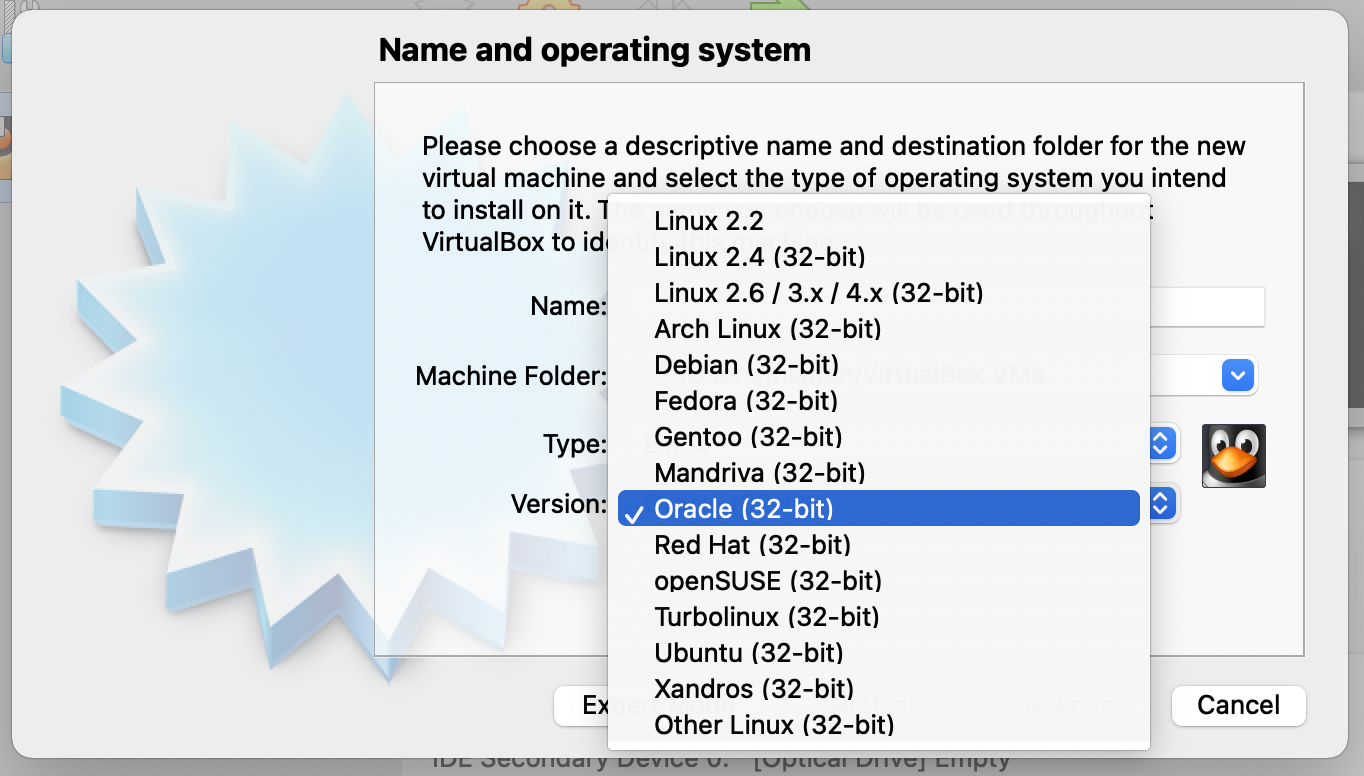

- #VIRTUALBOX M1 SUPPORT FOR FREE#
- #VIRTUALBOX M1 SUPPORT MAC OS#
- #VIRTUALBOX M1 SUPPORT INSTALL#
- #VIRTUALBOX M1 SUPPORT UPDATE#
VMWare said this week that it would initiate public technology preview for its hypervisor, designed for systems based on the Apple M1 system-on-chip. VMWare has zero support for any ARM64 version of Windows due to Microsoft licensing of ARM Windows. On an M1 Mac, only Linux virtual machines can be used in the VMWare Fusion Tech Preview.

Most of this development is already done by those working on the Asahi Linux project.
#VIRTUALBOX M1 SUPPORT INSTALL#
While UTM can run ARM Linux at near native speed on macOS, you’ll soon be able to install Linux natively on M1 hardware, eliminating the need for macOS entirely.
#VIRTUALBOX M1 SUPPORT UPDATE#
In contrast to Parallels, which initially released Parallels Desktop 16.5 with support for ARM Windows on the M1 in April 2021 and has since released Parallels Desktop 17 in August 2021, the VMware update is not a final version, but the use of the software is free for the time being. But with the new M1 Macs, which run on a variant of ARM processors, everything has changed.

Since Windows is designed to run on an Intel processor, you could Windows on your Mac and boot into Windows, or run it in a virtual machine on your Mac. I may, eventually, see if qemu is faster, but that's even more arcane, so it's not likely in the short term.17.1.5 How do I fix the bridged adapter in VirtualBox? Does VirtualBox work on M1 Mac? In short, it does so much of what I need it to do that the commercial competitors don't have an appeal for me. I sometimes wonder if VMWare Fusion would be worth it, for the raw device support, etc., but I understand that it can be configured in VirtualBox, with patience and Terminal-fu.
#VIRTUALBOX M1 SUPPORT FOR FREE#
For free (I, too, was tired of the "subscription model" annual upgrade pleas/threats), I really have to try to find a problem with it.
#VIRTUALBOX M1 SUPPORT MAC OS#
Parallels seems to virtualize Mac OS more smoothly.

It works well with most Linuxes I throw at it (have had some issues with Linux Mint and video drivers). I triple boot on my MacBook, but may toss that for using virtualized PCs. Two-way clipboard support just works, and the granular control over the emulated hardware (how many cores, how much RAM, what size drive, etc.) makes it sweet for testing system parameters. It's not quite as nice to configure as Parallels, but once it's running it's fantastic. What can be said has mostly been said, but I'll chime in. VirtualBox is a community effort backed by a dedicated company: everyone is encouraged to contribute while innotek ensures the product always meets professional quality criteria. VirtualBox is being actively developed with frequent releases and has an ever growing list of features, supported guest operating systems and platforms it runs on. Presently, VirtualBox runs on Windows, Linux and Mac hosts and supports a large number of guest operating systems including but not limited to Windows (NT 4.0, 2000, XP, Server 2003, Vista, Windows 7, Windows 8, Windows 10), DOS/Windows 3.x, Linux (2.4, 2.6, 3.x and 4.x), Solaris and OpenSolaris, OS/2, and OpenBSD. Not only is VirtualBox an extremely feature rich, high performance product for enterprise customers, it is also the only professional solution that is freely available as Open Source Software under the terms of the GNU General Public License (GPL). VirtualBox is a family of powerful x86 virtualization products for enterprise as well as home use.


 0 kommentar(er)
0 kommentar(er)
